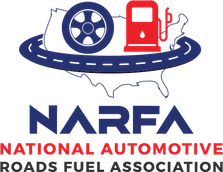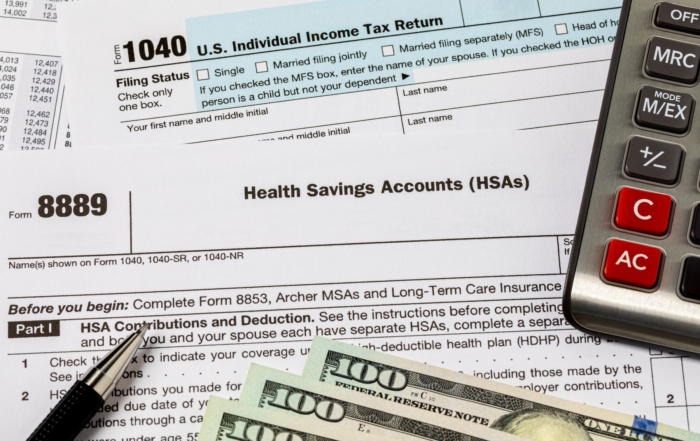The U.S. Department of Labor (DOL) has recently issued final guidance on differentiating between employees and independent contractors under the Fair Labor Standards Act (FLSA). The DOL Independent Contractor Rule, crucial for businesses in the automotive industry, including carwashes, repair shops, and dealerships, demands a thorough understanding to ensure compliance and avoid significant legal ramifications.
Understanding the Classification:
The classification hinges on a six-factor “economic reality test,” which includes:
- Opportunity for profit or loss based on managerial skill.
- Investment by the worker and the employer.
- Permanence of the relationship.
- Degree of control by the employer.
- The extent to which work is integral to the employer’s business.
- Worker’s skill and initiative.
The DOL provides detailed guidance on applying these factors, emphasizing that no single factor is decisive, and the overall relationship should be considered.
Consequences of Misclassification:
Incorrectly classifying employees can lead to serious consequences, including unpaid wages and damages, unpaid payroll taxes, legal fees, and individual liability for managers. Misclassification may also affect pay equity, as demonstrated by significant salary losses in roles commonly misclassified, like truck drivers and janitors, which also exacerbates racial and gender pay gaps.
State Regulations and the ABC Test:
In addition to the DOL regulation, employers must be aware of state-specific regulations, such as the ABC test used by many states. Under the ABC test, a worker is considered an employee, not an independent contractor, unless all three of the following conditions are met:
- The worker is free from the control and direction of the hiring entity in both the contract and in fact.
- The work performed is outside the usual course of the hiring entity’s business.
- The worker is customarily engaged in an independently established trade, occupation, or business of the same nature as the work performed.
Leveraging Technology for Compliance:
To ensure compliance, employers should:
- Review current classifications using the “economic reality test.”
- Group similar employees for pay comparison, including those classified as independent contractors.
- Conduct regression analyses to identify any gender and racial pay disparities.
- Investigate and rectify any identified pay disparities.
An intersectional pay equity audit is crucial for comprehensive insight into pay disparities, considering multiple identity factors.
Navigating Challenges:
While legal challenges to the DOL’s final rule exist, the automotive industry must prepare for its imminent implementation.
Staying compliant with evolving DOL regulations is essential for your business’s legal and financial health. NARFA strongly recommends conducting a thorough pay equity audit and revising classification processes in line with the new DOL guidelines. For expert guidance and support in navigating these changes, connect with NARFA’s team of specialists. We are here to assist you in ensuring fair and compliant employment practices in your automotive business.
Recent Posts
Poison Ivy, Oak & Sumac Safety Guide for Landscaping, Construction, and Outdoor Workers
Why Construction and Outdoor Workers Need to Know About Poison Plants The CDC reports that 80-90% of adults develop rashes from poison ivy exposure, and [...]
Multi-State Business Operations: Insurance and Compliance Strategies for Growing New Hampshire Auto Companies
Picture a successful New Hampshire automotive dealership that starts with a single location in Manchester. Over time, they expand their service territory, hire employees who [...]
Revolutionary HSA Changes in the 2025 Budget Bill: Your Complete Guide to Expanded Benefits
Introduction: A Game-Changer for Healthcare Financial Planning The 2025 federal budget reconciliation bill, recently passed by the House, introduces the most significant expansions to Health [...]




